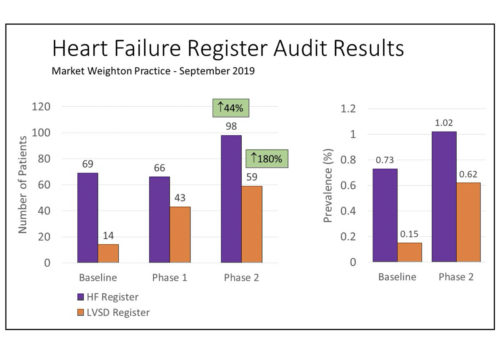The sulphonylurea group of drugs and the biguanide drug metformin have both been available for use as glucose-lowering therapies for more than 50 years. There were, however, few other clinically relevant developments in this area of pharmacotherapy until about the year 2000. At that time a new class of glucose-lowering therapies, the thiazolidinediones pioglitazone and rosiglitazone, was launched. In 2007 two more new classes of therapy were launched, the dipeptidyl peptidase-4 (DPP-4) inhibitors and the glucagon-like peptide-1 (GLP-1) mimetics; both of these classes of agents work on the incretin pathway.
A further new class of glucose-lowering agents, the sodium glucose co-transporter 2 (SGLT2) inhibitors, is likely to be launched in the next year or two. So much activity in glucose lowering pharmacotherapy in this past 12 years perhaps makes up for the previous 40 years of relative inactivity!
In this article we discuss new glucose-lowering therapies and consider their place in diabetes management from the primary care perspective.























